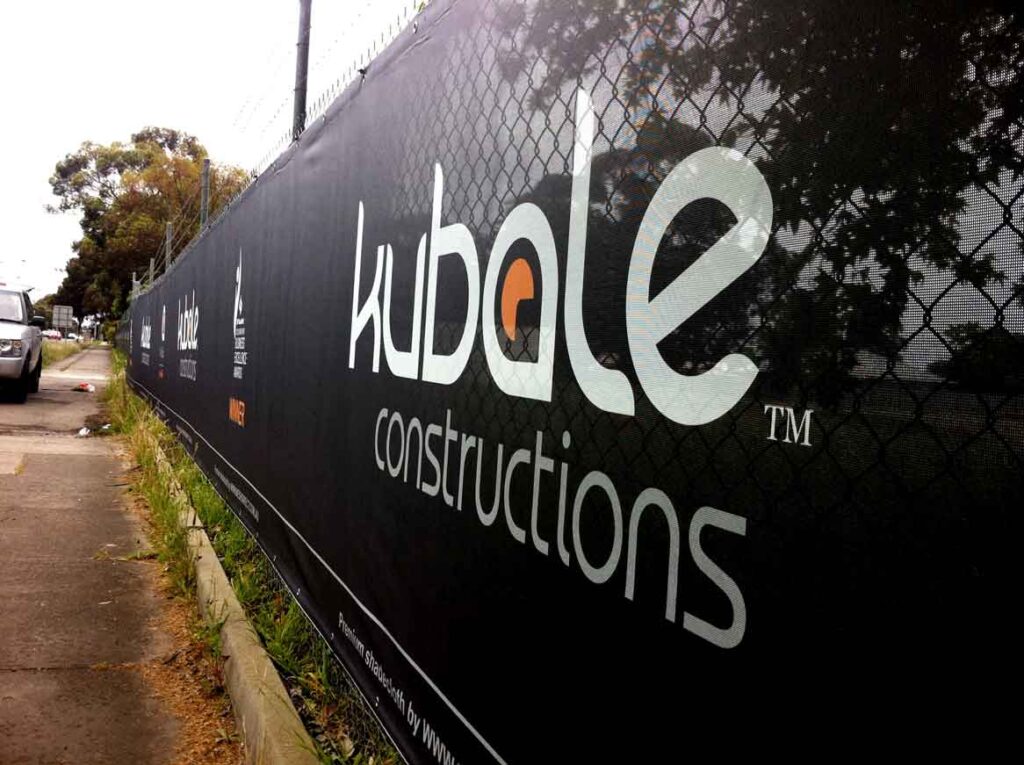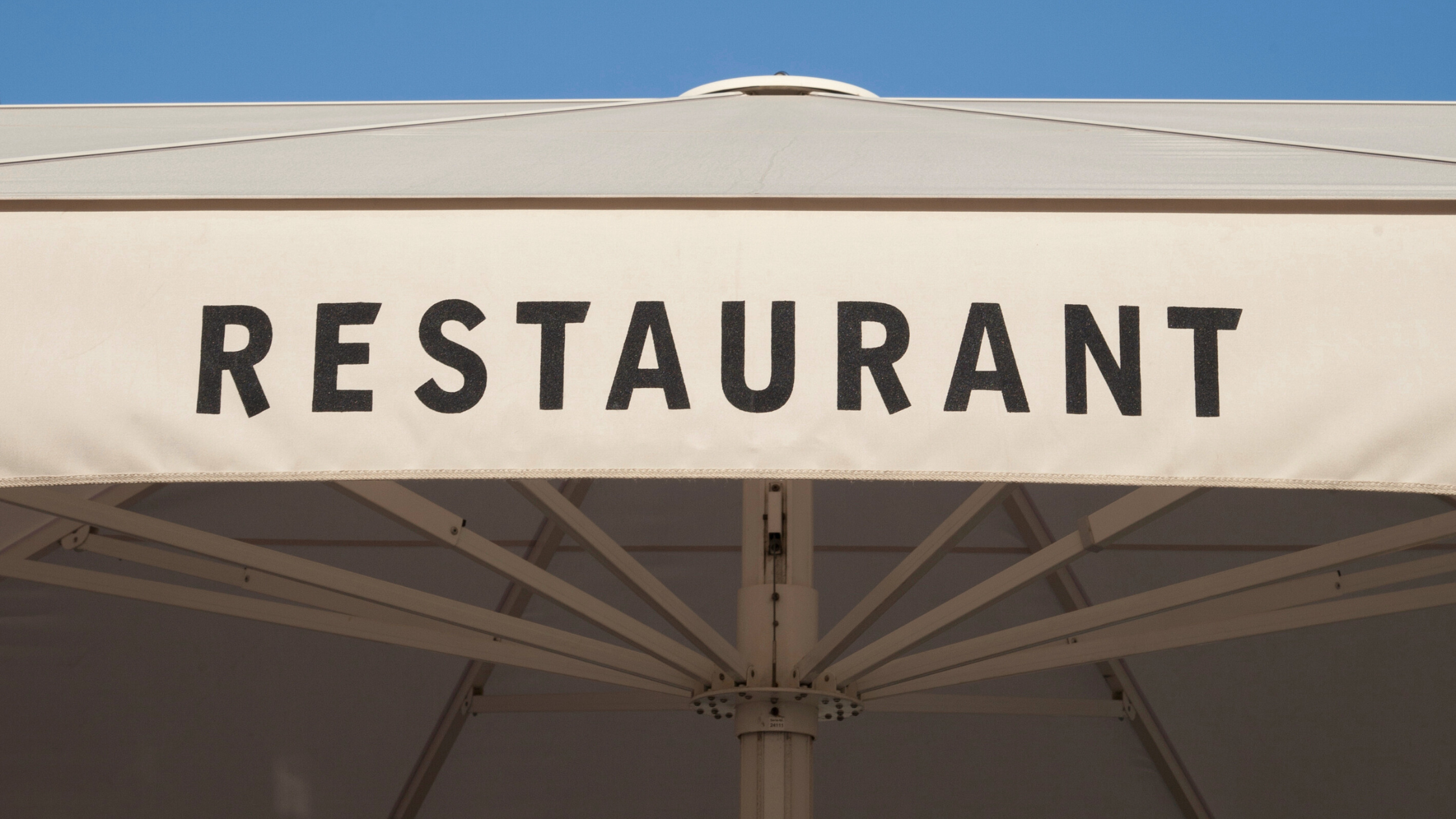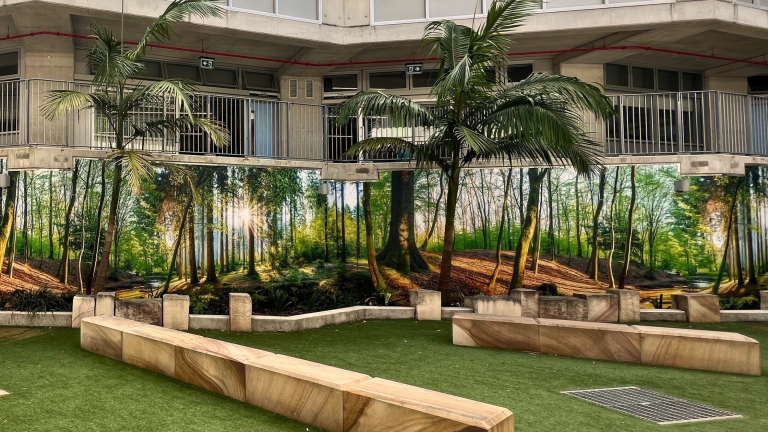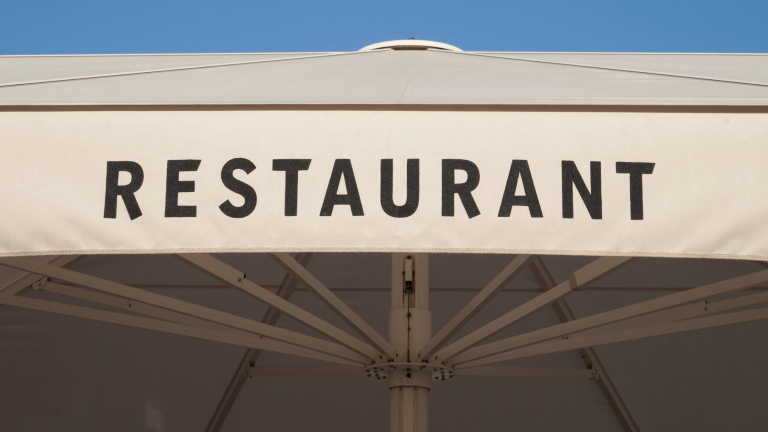If your construction site is exposed to strong winds there are a few things to consider to ensure your Banner Mesh is effective and secure. Wind-prone areas can create unique challenges, which is why it’s important to understand the following best practices to ensure your signage withstands the elements. Let’s take a look at how best to use Banner Mesh on a wind-prone site.
Understanding wind load and Banner Mesh
When installing Banner Mesh or any form of fencing material on a site, it inevitably creates wind drag. This drag can lead to two major issues: damage to the banner itself, especially at the eyelets, or even worse, the entire fence being pulled down by the force of the wind. In wind-prone areas, this can be a significant concern. However, there are several strategies you can employ to mitigate these risks.
Choosing the right type of Mesh
The first step in ensuring your Banner Mesh holds up against the wind is selecting the right type of mesh. At Mesh Direct, we offer a variety of options tailored to different environmental conditions:
Open Weave Mesh: Ideal for areas with high wind exposure, open weave mesh allows more wind to pass through, reducing the overall load on the banner and the fence. This type of mesh is particularly useful in storm-prone or cyclone-affected areas.
Standard and Premium Mesh: If you need a more dense weave for branding or image-heavy designs, consider Premium Mesh. Although it offers less wind permeability, it’s important to weigh the visual impact against the potential wind issues. In such cases, additions like wind slits can be implemented to enhance performance.
Wind Slits and other add-ons: For wind-prone areas where you need to use denser banner mesh, adding wind slits can make a significant difference. These are semi-circular cuts spaced evenly across the banner, allowing wind to pass through more easily. Wind slits can be customised to your banner during production to ensure a neat and uniform appearance.

Installation best practices
Proper installation is crucial to the performance of banner mesh on a wind-prone construction site. Here are some tips to ensure your banners withstand the elements:
Secure Edges with Webbing or Hemming: The weakest points of a banner are the eyelets. Reinforcing these with webbing—a PVC-backed nylon belt—prevents them from pulling out under pressure. Hemmed edges can also offer added durability but may still be prone to failure under extreme wind conditions.
Optimal tensioning: Make sure the banner is neither too tight nor too loose. Proper tensioning helps reduce wind-induced stress and prevents creases or damage to the eyelets.
Use of smaller banners: Breaking down larger banners into smaller panels can reduce wind load significantly. Smaller banners allow wind to escape around the edges, which reduces the strain on both the banner and the fence.
Cable ties: There are two main approaches to securing banners with cable ties. You can either use strong, thick cable ties to hold the banner in place securely or opt for lighter ties that break under extreme wind, protecting the banner from tearing. The choice depends on the specific wind conditions at your site.
Fence preparation: Ensure that both temporary and permanent fences are well-braced and securely anchored. In wind-prone areas, consider using additional bracing or weights to reinforce the fence structure.
Consult the experts: We’ve got you covered. Here at Mesh Direct, we have a dedicated team of expert installers who have extensive experience with a wide range of products and requirements. We can take care of the installation from start to finish for you, so you don’t have to worry.
Using banner mesh on a wind-prone construction site requires careful planning and the right techniques to ensure safety and durability. By choosing the appropriate mesh type, incorporating wind slits, securing edges properly, and following best installation practices, you can minimise the risks associated with strong winds.
Looking to get started on your next project? Get in contact with Mesh Direct today—we’re here to help you find the perfect solution for your next project.






